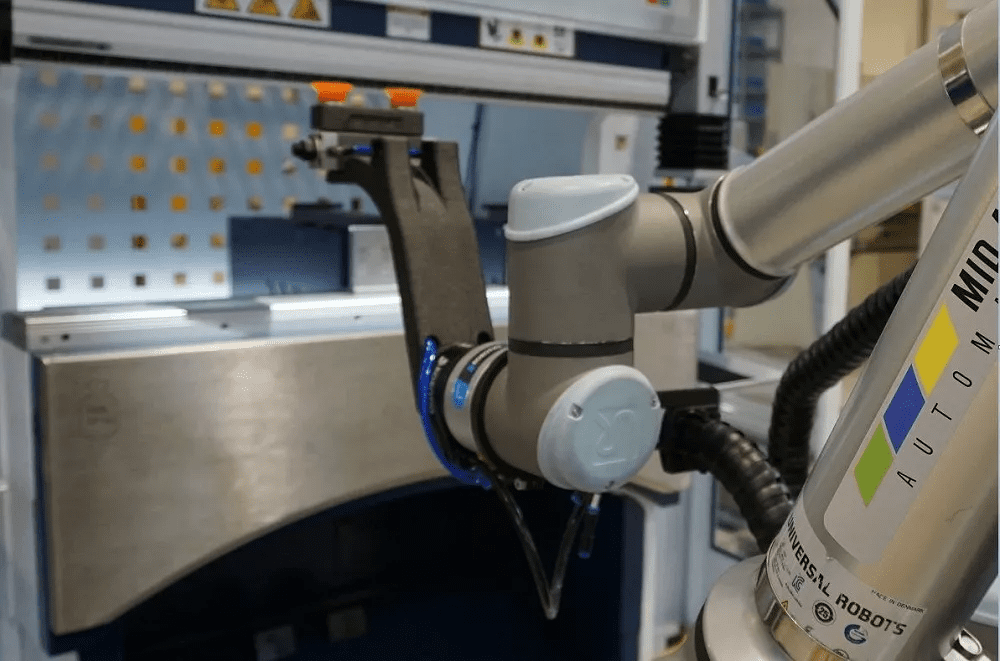“Constantly looking in the rearview mirror can make it difficult to look at future improvement. The key questions are, ‘What will happen and what can we do about it?’ [Data that answers] those questions can become incredibly powerful.”
That was Michael Schoenhals, director of operational excellence at Riverview, Fla.-based BlueGrace Logistics, who presented at this year’s MODEX, the material handling and supply chain show held in Atlanta in March. His presentation related to allocating resources in commercial trucking. “Given limited resources, we measure the macro-level performance to create a baseline. Our goal isn’t to be the cheapest, but to be the most accurate and be able to better predict future costs.”
BlueGrace uses predictive analytics (which attempts to predict what will happen) and prescriptive analytics (which shows what to do about it) to coordinate resources in what remains a fragmented shipping business. Its seminar was almost full, and probably for a good reason. Since the pandemic’s beginnings the logistics industry has endured numerous whipsaw moves in supply and demand, and the material handling business—plagued with labor shortages, both in the warehouse and in the cab of a semi—is looking for new ways to navigate them. The same could be said for metal fabricators farther up the supply chain.
To solve the problem, both industries are turning more toward automation, and both might soon arrive at a technological fork in the road, of sorts. One path leads to integrated automation in which information flows seamlessly between machines, robots, and mechanized systems. The other path represents another approach that, at first glance, might seem counterintuitive. Even so, one day it might help fabricators and warehouse managers alike automate the most challenging applications.
That approach effectively decouples automation from the machine. Instead of integrating with the machine in a traditional sense, the automation “operates” machines—plural. In essence, robots are becoming cross-trained, and a mix of technologies, from deep-learning software to 3D-printed robot grippers, are making it happen.
Breaking Down Barriers to Automation
Flexible manufacturing systems have given metal fabricators agile forms of automation. Material shuttles between cutting and bending, with brief and sometimes nearly instant tool changes, allowing for kit-based production—for the right product, industry segment, and customer mix, of course. The same could be said in logistics, where automated storage and retrieval systems, combined with automated mobile vehicles and robotics, automate the manual act of moving products and boxes through a warehouse—for the right product, industry segment, and customer mix, of course.
Sometimes, the application simply doesn’t suit the automation technology. Perhaps the part geometry has a flange that’s too deep for a panel bender’s throat depth. Perhaps volumes are too low to justify building an entire cell around a part family. Perhaps a shop wants to be able to operate a press brake manually for some jobs and have a robot handle other jobs, and they can’t find a solution that makes economic sense. Integration might be too costly and too complicated.
Regardless, advances in robotics are making systems smarter, and in doing so, they’re helping to break down those traditional barriers to automation.
“Sensing technology will be extremely important going forward, and not just vision. Other types of sensors need to be put on the robot, including tactile sensing, which is very important.”
Read more: Metal fabrication robots get more mobile with mix of technology and cross-training






